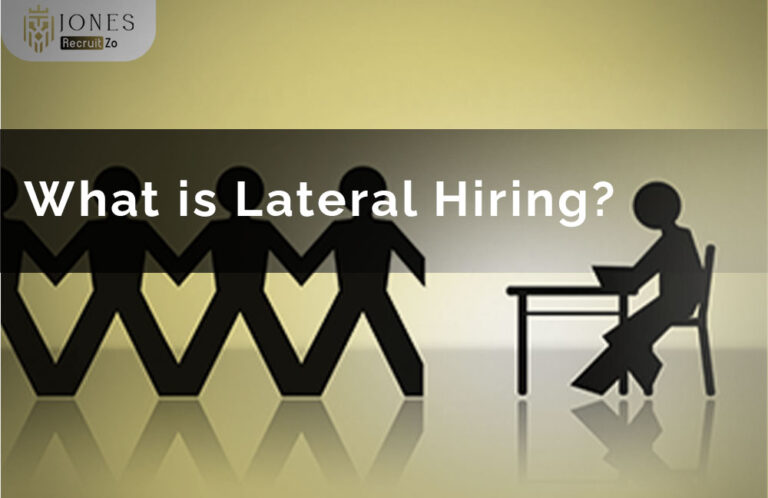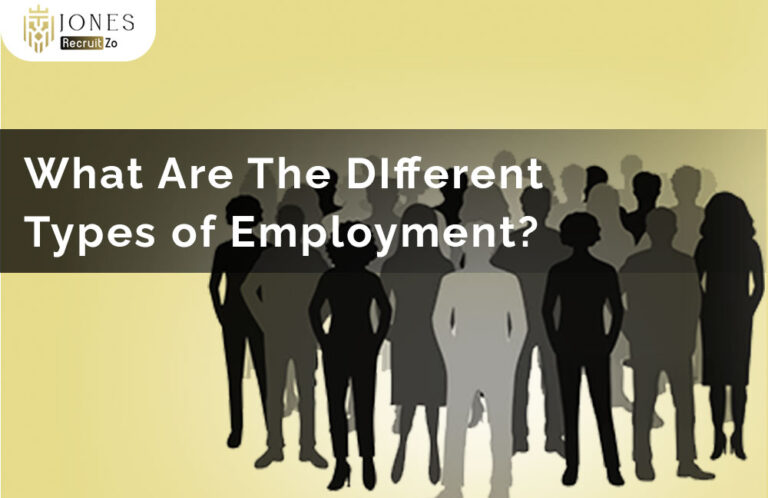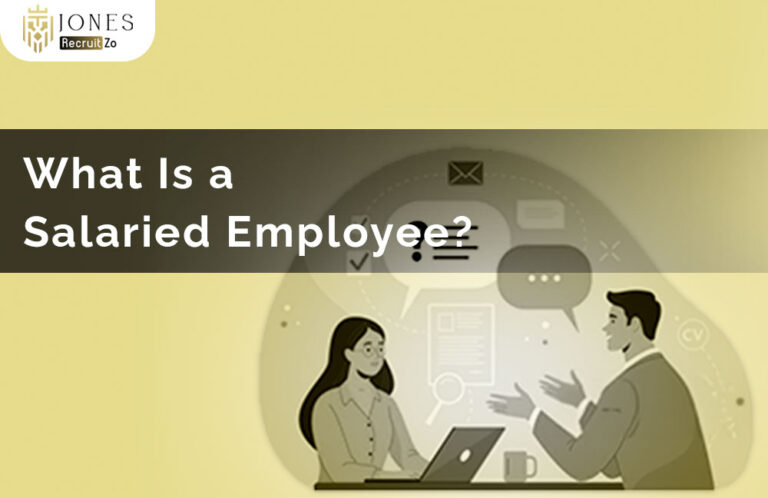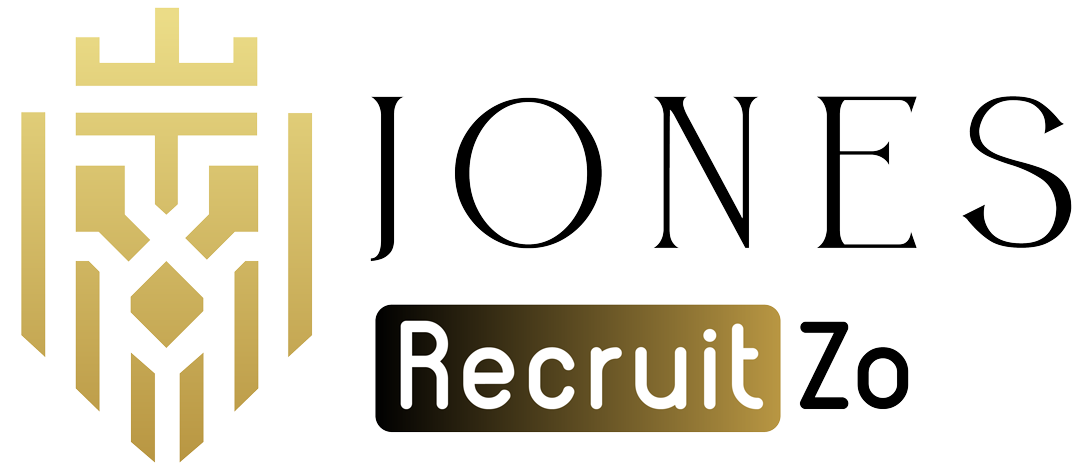What is a Competency Framework?
A competency framework is a clear structure through which specific skills, knowledge, behaviours, and attributes can be outlined and linked with an employee’s capability to be effective in the context of their role. The purpose of the competency framework is to align individual performance with organisational goals so that it becomes consistent and clear to all departments.
Using competency frameworks means organisations can set clear expectations, assess talent, and engage in human development activities. These can be adapted from one job role or department to another, including leadership levels, making them an extremely important tool in HR.
Why Do Organisations Need a Competency Framework?
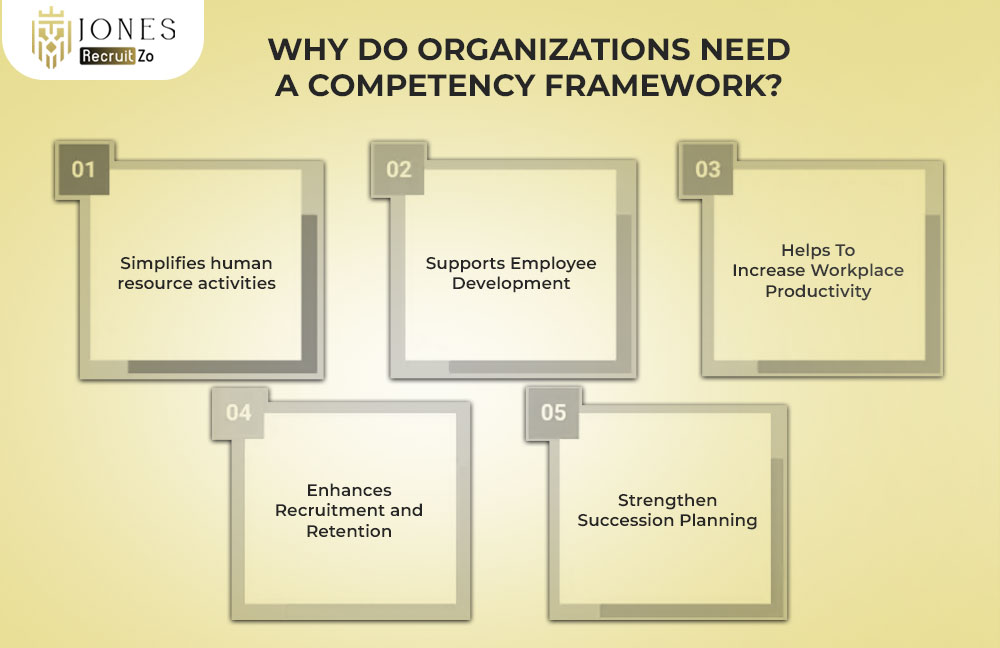
A well-developed competency framework can be a game-changer for an organisation. It brings structure and clarity to workforce management and plays a crucial role in enhancing overall performance.
Simplifies human resource activities
With definite standards for skills and behaviours, the competency framework makes easier recruitment, evaluation, training, and other activities among human resource management. It is candidates who are consistently selected and base all decisions on objective criteria.
Supports Employee Development
With a better understanding of the skills they need to advance in their work, employees make it easy for HR to craft focused development programmes, training, and mentoring.
Helps To Increase Workplace Productivity
When employees know what is expected of them and how their skills contribute to the achievement of business goals, productivity naturally goes up. If a set of clear competencies is not laid out, ambiguity exists, leading to unfocused efforts.
Enhances Recruitment and Retention
A competency framework assists recruitment by making clear what entails a good fit for the role. Retaining talent is made easier through structured career paths and opportunities for growth.
Strengthen Succession Planning
The competency frameworks identify skills gaps and potential leaders. This assists in the planning for future leadership needs and ensures continuity of the business during transitions.
Types of Competency Frameworks
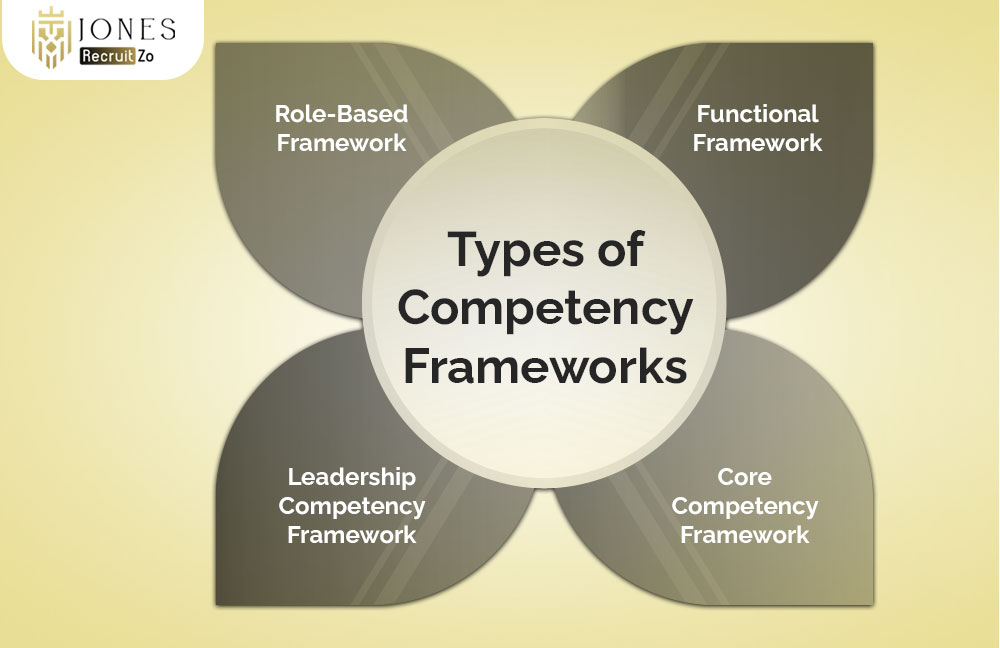
Different organisations may choose different types of frameworks depending on their goals and structure. Below are the main types used in HRM.
Role-Based Framework
This type of framework defines competencies per specific job roles, focusing on skills and behaviours that help participants succeed in each specific position.
Functional Framework
A functional competency framework groups roles by functions or departments, such as marketing or finance, and identifies the common competencies that those functions require.
Leadership Competency Framework
The leadership competency framework acts as a guide for the competencies suitable for current and potential leaders. It considers competencies such as decision-making, strategic thinking, emotional intelligence, and team management.
Core Competency Framework
Core competencies are critical skills and values that the entire organisation shares. Usually, they are related to the company’s culture, mission and strategic objectives.
How to Create a Competency Framework?
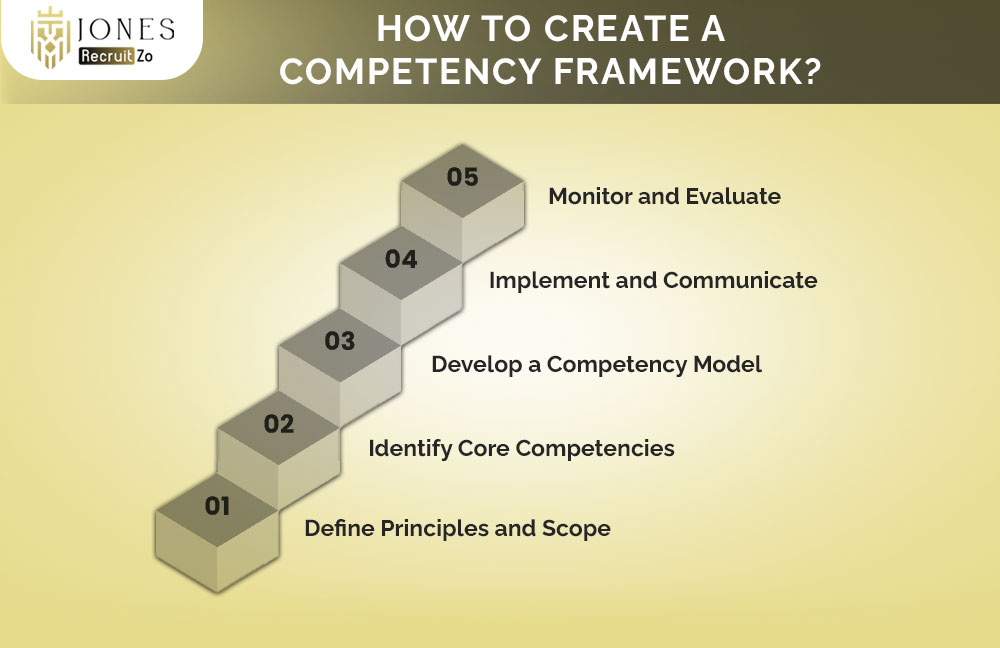
Building an effective competency framework requires planning, collaboration, and continuous improvement. Below is a step-by-step guide to help you get started.
Define Principles and Scope
Clarify the reasons for designing the framework. Will it apply to the entire organisation, to one department, or to single roles? Perspective on scope will make for an inspiring yet focused framework.
Identify Core Competencies
Meet with department heads, HR leaders, and employees to determine the essential skills. Look for technical and behavioural competencies that fit the aspirations of your business.
Develop a Competency Model
They structure the competencies into a model, which accounts for categories, definitions, and levels of proficiency. Such a model should be user-friendly and applicable across various HR functions.
Implement and Communicate
Once adopted by management, the implementation of the framework should be rolled out with proper communication. Training sessions and resources should be made available to managers and employees alike to grasp the framework’s practical uses in their day-to-day work.
Monitor and Evaluate
Engage in a regular interrogation of its implementation and evaluation against a backdrop of ensuring that it remains relevant. They should also appreciate users’ feedback and conduct an evaluation of its performance outcomes since its inception.
FAQs
1) What is a competency framework?
A competency framework is a structured tool that presents the skills, behaviours, and knowledge needed for successful job performance in a given role or organisation.
2) What are the different types of competency frameworks?
The main types are role-based, functional, leadership, and core competency frameworks, each addressing various organizational needs.
3) Why Do Organisations Need a Competency Framework?
It assists recruitment, development, succession planning, and performance management by clarifying lay-down expectations for a role and in aligning these with organisational goals.
4) How to Create a Competency Framework?
Define the scope, identify the core competencies, develop the model, implement it, and review it at a regular interval to establish its worth.




